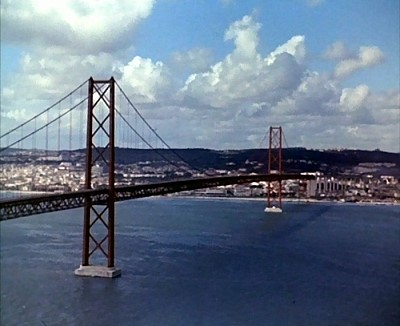Shown below are the figures for thriller films, released in the UK in 2009:
Below shows information on Gender and Genre in films:

 In 2009 501 films where released, only 31 of which were thriller films. Action, comedy and animation account for 52% of box office in 2009. These genres of films create the most interest amongst the public and therefore go on to make the biggest profit. This is because these genres of movies appel to young adults within the ages of 16-24 years, of which are the most likely to go to the cinema.
In 2009 501 films where released, only 31 of which were thriller films. Action, comedy and animation account for 52% of box office in 2009. These genres of films create the most interest amongst the public and therefore go on to make the biggest profit. This is because these genres of movies appel to young adults within the ages of 16-24 years, of which are the most likely to go to the cinema. Thrillers account for the lower proportion of UK box office ratings and only 4% of UK box office takings in 2009 were for thrillers. This is because most marketing and advertisement industries tend to focus on promoting more big-budget films e.g. action and animation films, which will appeal to a wider target audience and therefore make a bigger profit. Looking at the 'genre by gender' diagram above, what information can be derived about Thriller audiences and gender? After looking at the 'genre by gender' diagram above, we can notice that Suspense movies lie in between male and female viewers, showing that thrillers are aimed at both genders. However where the other genres are placed tells us what type of thrillers male and female viewers are attracted to, for men they prefer the more gruesome and fast-paced thrillers whereas females tend to prefer the calmer and more subtle thrillers. Thrillers are most commonly targeted at an older target audience of teenagers and older, this is shown through the age certificate of suspense films as they are usually either a 15 or 18. Showing that thrillers are target at an older audience who will understand the content and to who it will not be offensive.




















 The font used in the promotion of the film 'Pearl Harbour' suggest that this movie is set in the olden times. The name of the film 'PEARL HARBOR' is in white in capital letter at the bottom of the page.
The font used in the promotion of the film 'Pearl Harbour' suggest that this movie is set in the olden times. The name of the film 'PEARL HARBOR' is in white in capital letter at the bottom of the page.
 I find this style of font used in the film salt is interesting because it's all in capital letters the tile of the file is in the middle of the page in white.
I find this style of font used in the film salt is interesting because it's all in capital letters the tile of the file is in the middle of the page in white.





 This shot shows the audience where the film in based and where it is set in.
This shot shows the audience where the film in based and where it is set in. 
 In this shot the camera is places below the character which makes the character seem more powerful, strong and intimidating. This shot is also useful when a hero is show in a low angle shot because this will make the viewers admire and respect the character.
In this shot the camera is places below the character which makes the character seem more powerful, strong and intimidating. This shot is also useful when a hero is show in a low angle shot because this will make the viewers admire and respect the character.








